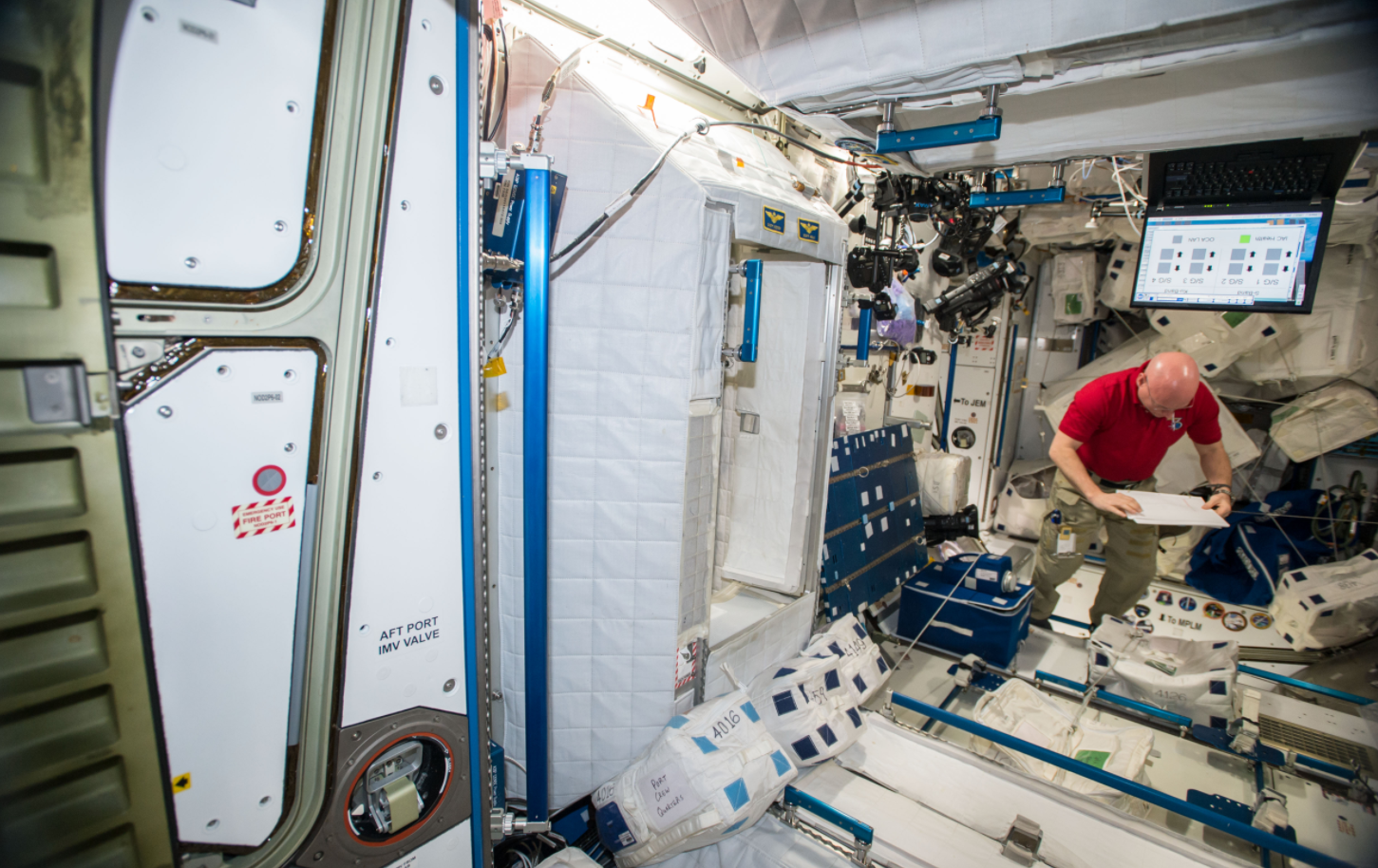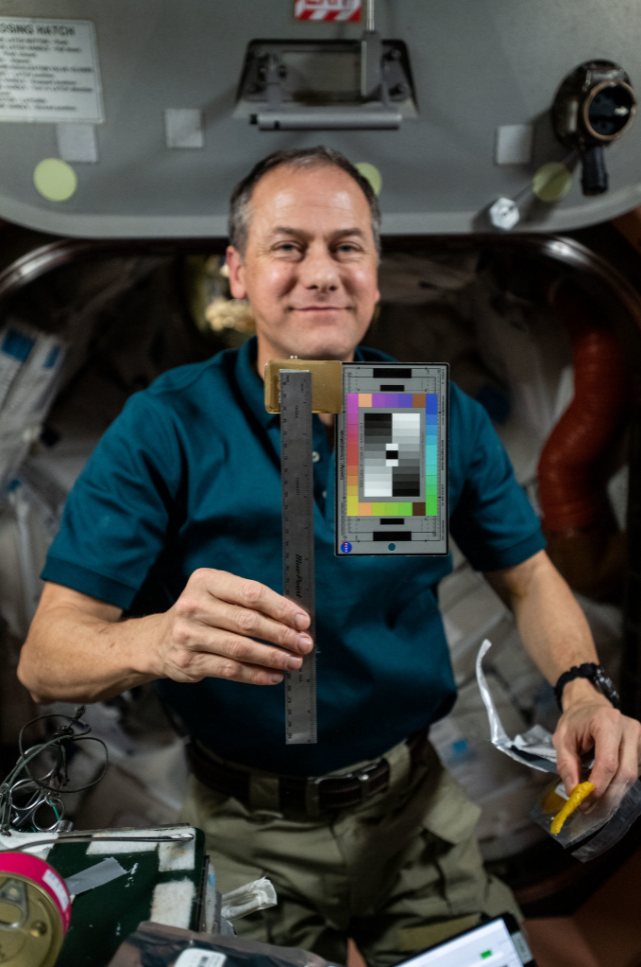Station Science Top News: Feb. 17, 2022
This past week, the International Space Station crew worked on the SQuARE archaeology study, making these crew members effectively the first archaeologists in space. By revealing how crew members use different objects and spaces over time, this investigation could contribute to better designs for future spacecraft and habitats.
The experiment analyzes objects and built (human-made) spaces and their symbolic and social meanings using an archaeology technique called the shovel test pit. On Earth, materials found in the layers of these one-meter-square test pits help archaeologists determine future excavation strategy. On the space station, crew members identify “test pits,” or sample sites likely to see a lot of activity, then assess each area from an archaeological perspective, including how items in it are typically stowed and change position over time. The crew took photos of multiple experiment sites during the week.
***
Researchers identified three microbial strains belonging to the Agrobacterium genomospecies 3 while examining samples collected on surfaces inside the space station for the Microbial Observatory-1 study. Using multiple types of analysis, researchers discovered that the strains had not previously been detected anywhere else, defined them, and named them Agrobacterium A. tomkonis.
The BPS-sponsored study monitored the types of microbes present on station over a one-year period. These results could offer some insight into maintaining the safety of the environment of living spaces for humans on Earth and astronauts in spaceflight, allowing us to explore deep space more safely. The name selected for the microbial strains refers to David Tomko, a well-known former NASA space biology scientist who advanced space research.

NASA astronaut Scott Kelly is shown during the collection of surface and air samples using various devices in multiple locations to characterize the types of microbial populations on the space station for the Microbial Observatory-1 payload. Credits: NASA
***
The risk of developing kidney stones during long-duration spaceflight was studied during the space station Bisphosphonates investigation. These results suggest that increased bone loss during spaceflight is a risk factor for kidney stone formation, but this outcome can be counteracted with adequate medication, keeping crews healthy during space missions.
Although astronauts can prevent some bone loss through exercise while in space, bone loss in crew members does still create excessive calcium. This contributes to the possibility of forming kidney stones. One group of astronauts in the study was exposed to resistive exercise, while the other was exposed to resistive exercise and bone-loss prevention medicine. Researchers found increased calcium excretion in the exercise-only group and stable bone loss indicators in the exercise-plus-medicine group. This means medication could help limit the development of kidney stones. Kidney stone prevention improves astronaut health and performance for mission success.








